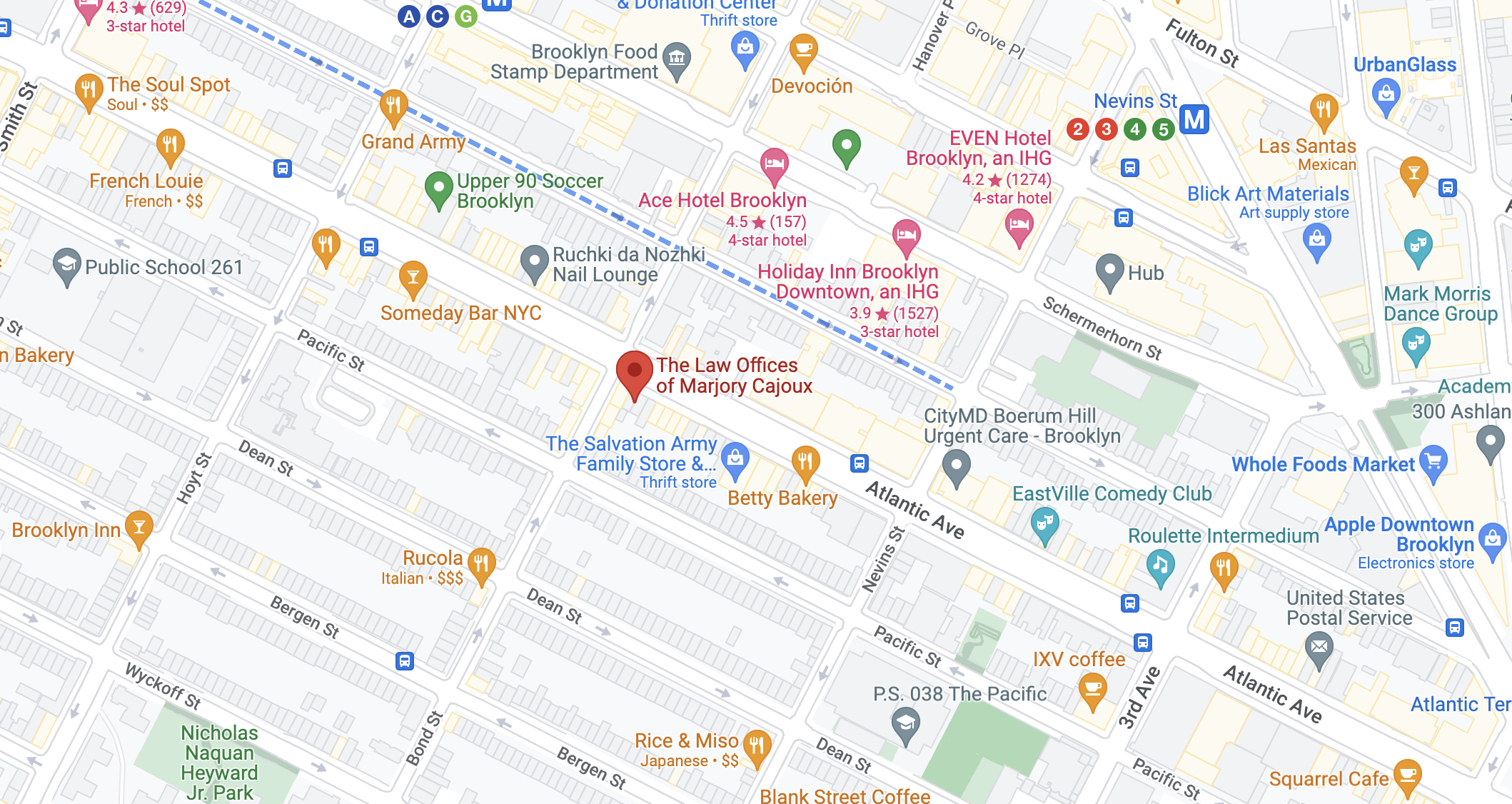If you have a child or dependent who has special needs, one of the things you can do in your estate plan to protect them is set up a special needs trust. A special needs trust allows someone with special needs to receive an inheritance or income without reducing their eligibility for public assistance and other kinds of benefits.
Some of the kinds of benefits that people with special needs may receive include Supplemental Security Income, Medicaid, Medicare, Social Security Disability or other benefits. Fortunately, with a special needs trust, those income-dependent benefits are not affected.
How does a special needs trust work?
A special needs trust covers a portion of the dependent’s financial needs. The assets are placed into a trust that is not in the individual’s name, which means that it won’t be used when looking at their income for the purpose of qualifying for public assistance. There are exceptions to that rule, but on the whole, the money can be used for most purposes without affecting their benefits eligibility.
Special needs trusts are often used to cover payments to caregivers, transportation, medical expenses and other needs. Usually, food and shelter cannot be paid for using the trust, but this isn’t always the case.
Who takes care of the trust?
As the person setting up this trust in your estate plan, you have the right to designate a trustee. This trustee is the person who controls the trust and makes sure it is managed and distributed properly.
This kind of trust may benefit you as much as it benefits your dependent. It is a good way to leave your dependent assets and financial support, and it’s also a good way to reduce your own estate’s value. You have the ability to strictly limit how the funds are spent, too, so that you can make sure that the trust lasts as long as possible.
Special needs trusts are irrevocable and not at risk of being seized by creditors. This, along with other benefits, makes it a good idea for those looking to leave behind assets to dependents with disabilities or illnesses.






